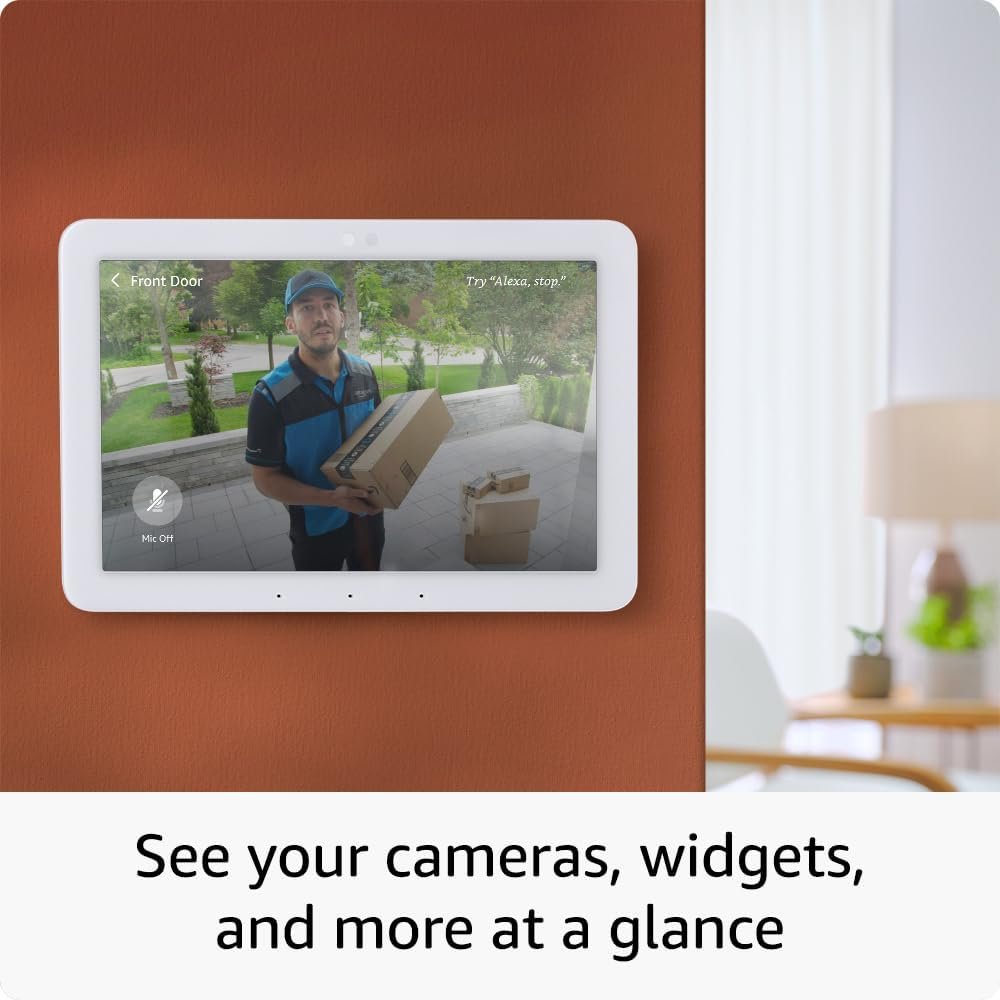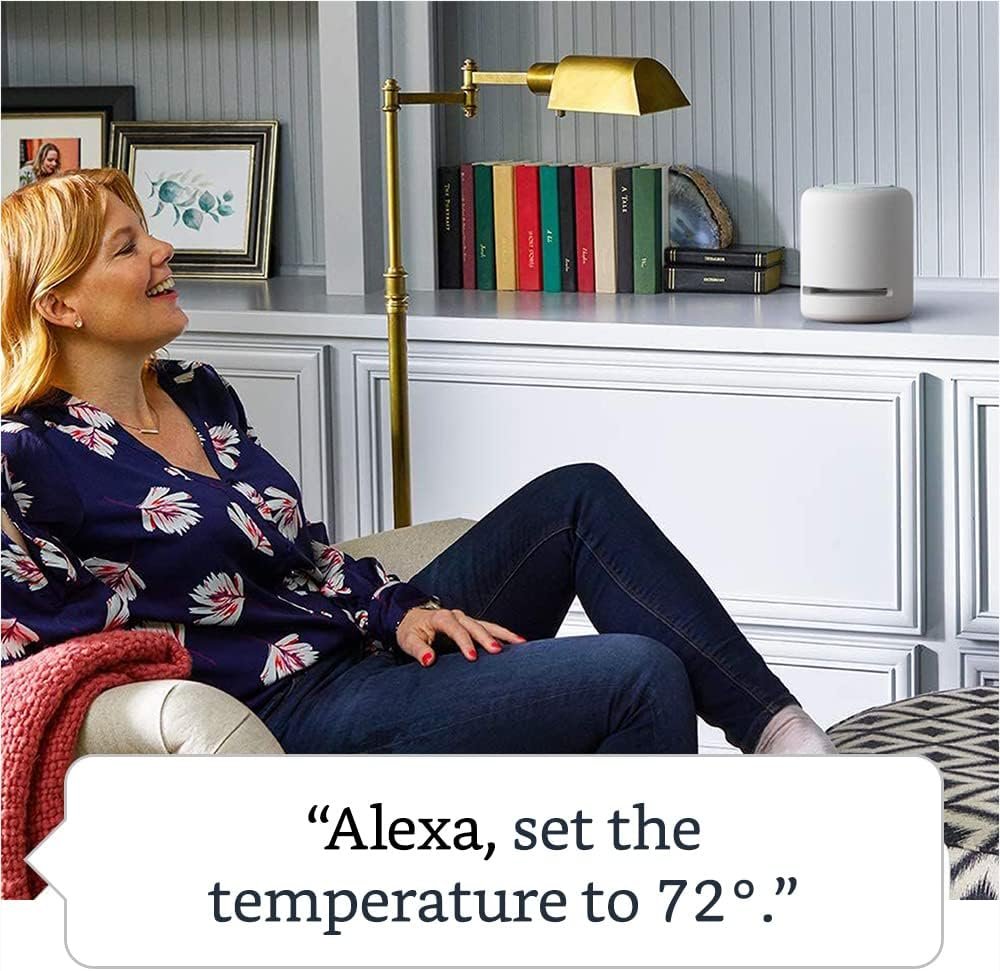Have you ever wondered how technology and sustainability can blend seamlessly in our daily lives? It’s a fascinating era we’re living in, where green technology and smart home innovation are converging. With the concept of the “green smart home,” we can enjoy the benefits of a connected lifestyle while being kind to our planet. Let’s dig deeper into what makes a green smart home, its components, benefits, and how it could be the future of sustainable living.

What is a Green Smart Home?
The term “green smart home” might sound like something from a futuristic novel, but it’s becoming an increasingly vital part of our reality. Simply put, a green smart home integrates eco-friendly building materials and energy-efficient designs with cutting-edge smart home technology. This combination not only enhances our quality of life but also reduces our carbon footprint. Imagine living in a space that’s both convenient and environmentally friendly.
The Essence of Green Living
At the core of a green smart home is the principle of sustainable living. From reducing waste to conserving energy, the primary aim is to minimize the home’s impact on the environment. Using renewable resources and implementing energy-efficient systems are key strategies.
The Magic of Smart Home Technology
On the other hand, smart home technology involves using automation and IoT (Internet of Things) devices to manage home functions such as lighting, temperature, security, and more. These systems not only provide comfort and security but also allow homeowners to monitor and reduce their energy consumption, further supporting green living.
Features of a Green Smart Home
Energy Efficiency
One of the most compelling features of a green smart home is its focus on energy efficiency. While traditional homes may waste energy with outdated appliances and inefficient systems, green smart homes optimize the use of electricity and other resources through smart devices and renewable energy sources.
Eco-Friendly Materials
Building a green smart home starts with the choice of building materials. Eco-friendly options such as bamboo flooring, recycled steel, and low-VOC (Volatile Organic Compound) paints are used to reduce the environmental impact of construction.
Renewable Energy Sources
Integrating renewable energy sources, like solar panels or wind turbines, is a common practice in a green smart home. These renewable sources provide a sustainable way to generate electricity, lowering utility bills and greenhouse gas emissions.
Water Conservation Systems
Water is another critical aspect of green smart homes. Features like rainwater harvesting systems, greywater recycling, and smart irrigation systems help conserve water.
Smart Appliances and Automation
Smart appliances are central to the concept of a green smart home. From refrigerators and air conditioners to washing machines and lighting systems, smart appliances can be programmed to operate during off-peak hours, providing energy savings and ease of use.

Benefits of Green Smart Homes
Environmental Benefits
Green smart homes contribute significantly to environmental preservation through energy efficiency and the use of renewable resources. By reducing our reliance on non-renewable energy, these homes help lower carbon footprints and mitigate climate change.
Economic Advantages
Though the initial cost might be higher, the long-term savings can be substantial. Energy-efficient homes lead to lower utility bills, which can offset the upfront investment over time. Government incentives and rebates can also ease the financial burden.
Enhanced Comfort and Convenience
The integration of smart technology brings unmatched comfort and convenience. Imagine adjusting your home’s thermostat or turning off the lights from your smartphone, whether you’re on the couch or thousands of miles away.
Increased Property Value
Homes equipped with green and smart technologies tend to have higher market values. Future buyers often look for sustainability and efficiency features, making these homes an attractive investment.
Components of a Green Smart Home
Smart Thermostats
Smart thermostats learn your temperature preferences and automatically adjust the settings to optimize energy usage. Some models offer remote control features and intelligent scheduling based on occupancy and weather conditions.
LED Lighting Systems
Switching to LED lighting is one of the simplest steps toward a smart, green home. LEDs consume significantly less energy compared to conventional bulbs and have a much longer lifespan.
Energy Star Appliances
Energy Star-rated appliances meet stringent energy efficiency criteria set by the Environmental Protection Agency (EPA). They use less electricity and water, making them an essential component of eco-friendly living.
| Appliance | Energy Use (kWh/year) | Energy Star (kWh/year) |
|---|---|---|
| Refrigerator | 600 | 300 |
| Dishwasher | 500 | 250 |
| Washing Machine | 400 | 150 |
Smart Plugs and Power Strips
These devices can control the power usage of connected appliances and gadgets. By scheduling power on/off times and tracking energy consumption, they reduce phantom energy load—energy consumed by devices when they’re not actively in use.
Rainwater Harvesting Systems
Collecting and storing rainwater for irrigation and domestic use reduces the demand on conventional water supplies. These systems are crucial for sustainable living, especially in areas prone to water scarcity.

The Future of Green Smart Homes
As technology continues to evolve, the potential of green smart homes will only grow. Innovations such as energy storage solutions, advanced AI for home management, and sustainable construction techniques will further refine the balance between technology and ecology.
Challenges and Considerations
Creating a fully green smart home comes with its own set of challenges, from higher initial costs to the need for ongoing maintenance and updates to keep up with technological advances. Educating homeowners about these aspects is essential for smooth integration.
The Role of Policy and Incentives
Government policies and incentives play a crucial role in promoting green smart homes. Tax credits, rebates, and legislation supporting renewable energy adoption can accelerate their acceptance in mainstream housing markets.
Community Impacts
Green smart homes are not only beneficial on an individual level but also contribute to broader community and environmental goals, such as reducing city-wide energy demands and lowering air pollution.
Conclusion
The concept of a green smart home offers a compelling vision for the future of living spaces. By integrating sustainable practices with advanced technology, we can enjoy a lifestyle that is not only convenient and comfortable but also responsible and sustainable. As we move forward, the continued development and adoption of green smart home elements will play a pivotal role in addressing the environmental challenges we face today. The journey may be complex, but the destination—a harmonious balance between nature and technology—is well worth it.
Do you find the idea of a green smart home exciting or daunting? The possibilities are vast, and whether you’re ready to embrace all these elements or simply start with small changes, the path to a green smart home is a positive step towards a sustainable future.



